The Mercedes F1 Junior Programme:
A History
How We Grow the Three-Pointed Stars of the Future
By Tom Dodd
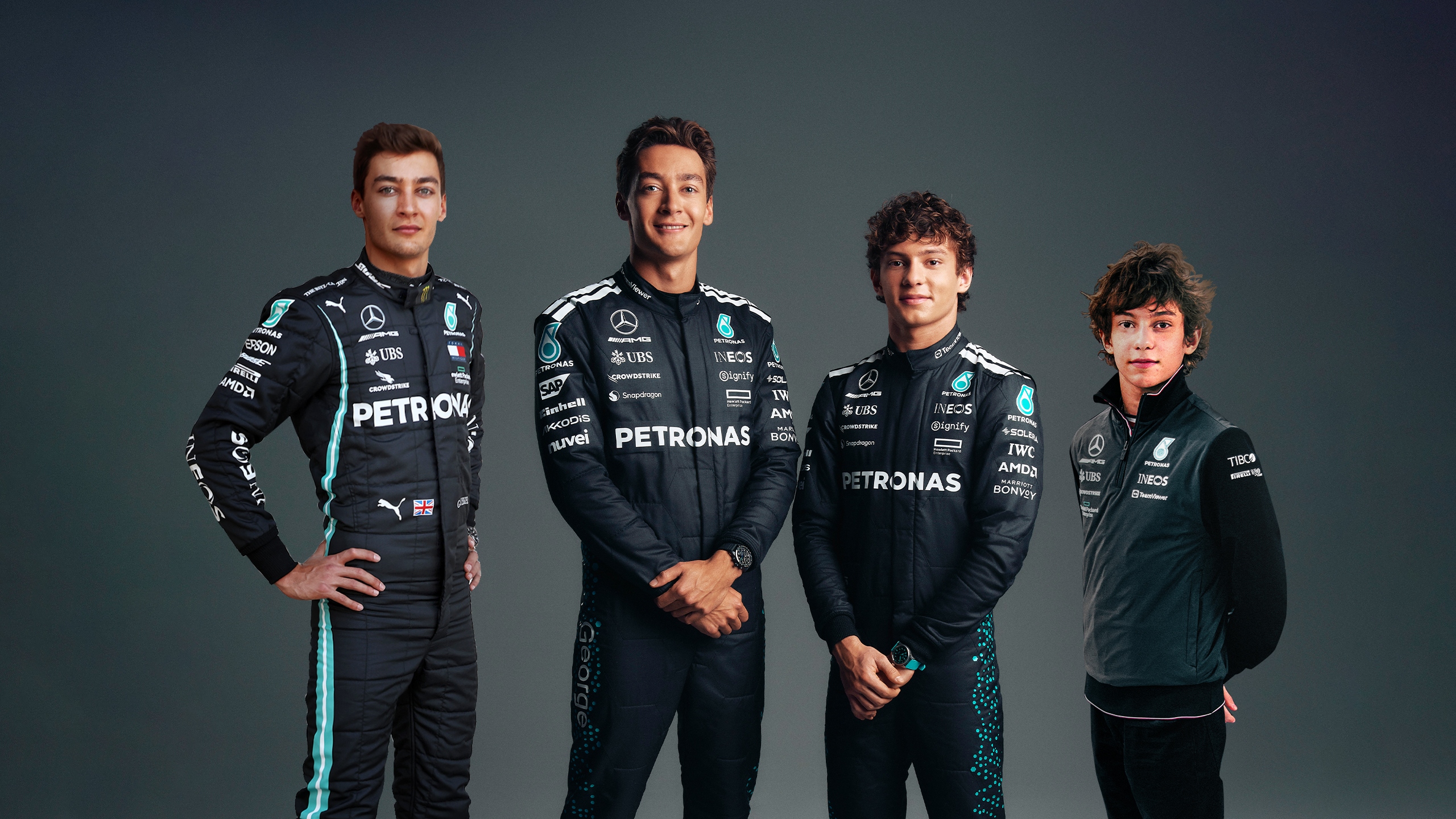
“We want to prepare and develop drivers to be ready for Mercedes - they are made for Mercedes.”
Gwen Lagrue, Driver Development Advisor

If you want to build a house, you have to start with the foundations.
Growing a legacy is one thing. Maintaining it? Quite another. Enter, the Mercedes Junior Programme.
This is not just about signing the fastest go-karters on the planet and watching them rise through the ranks, though. This is so much more.
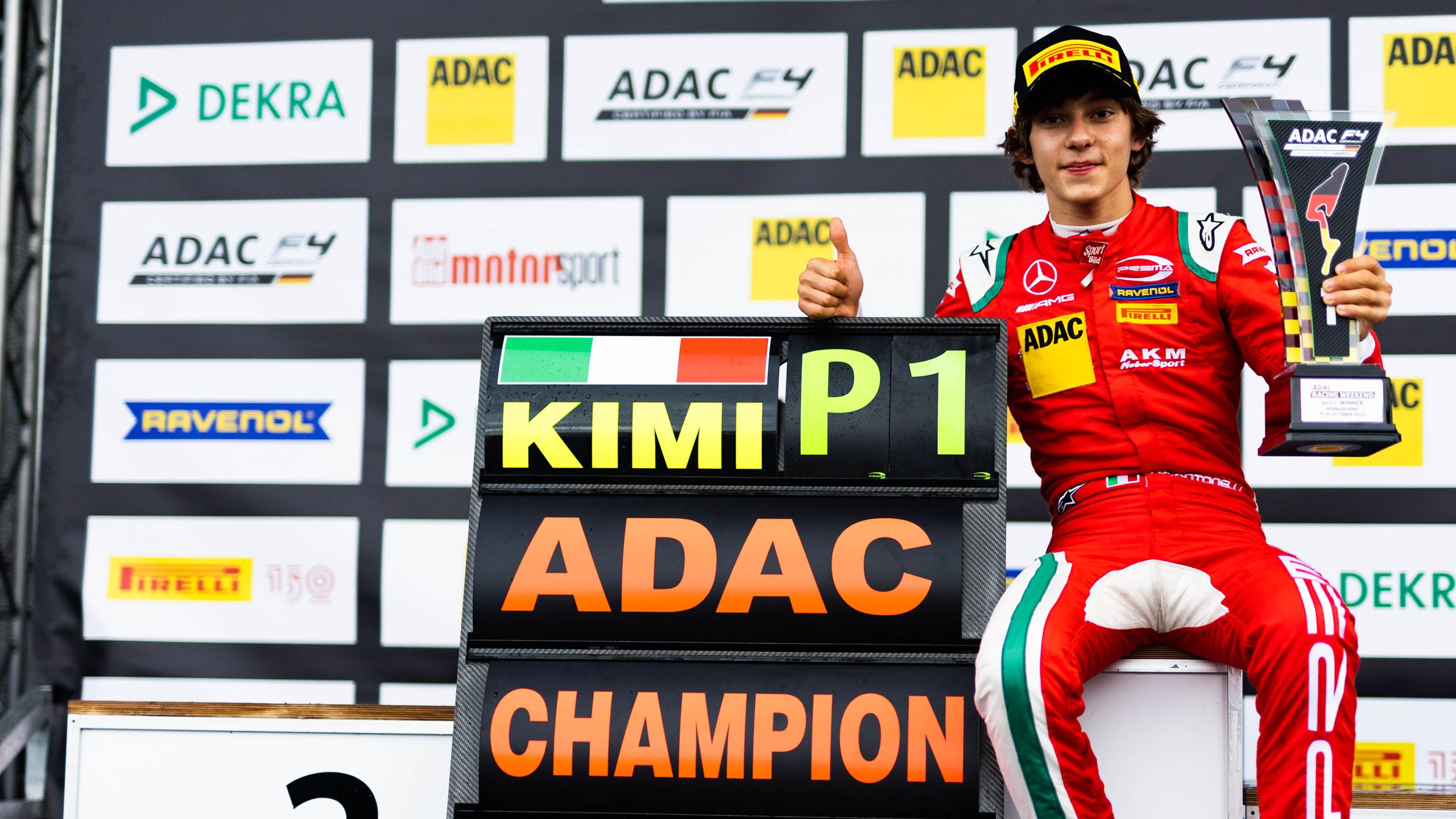
The Long Game
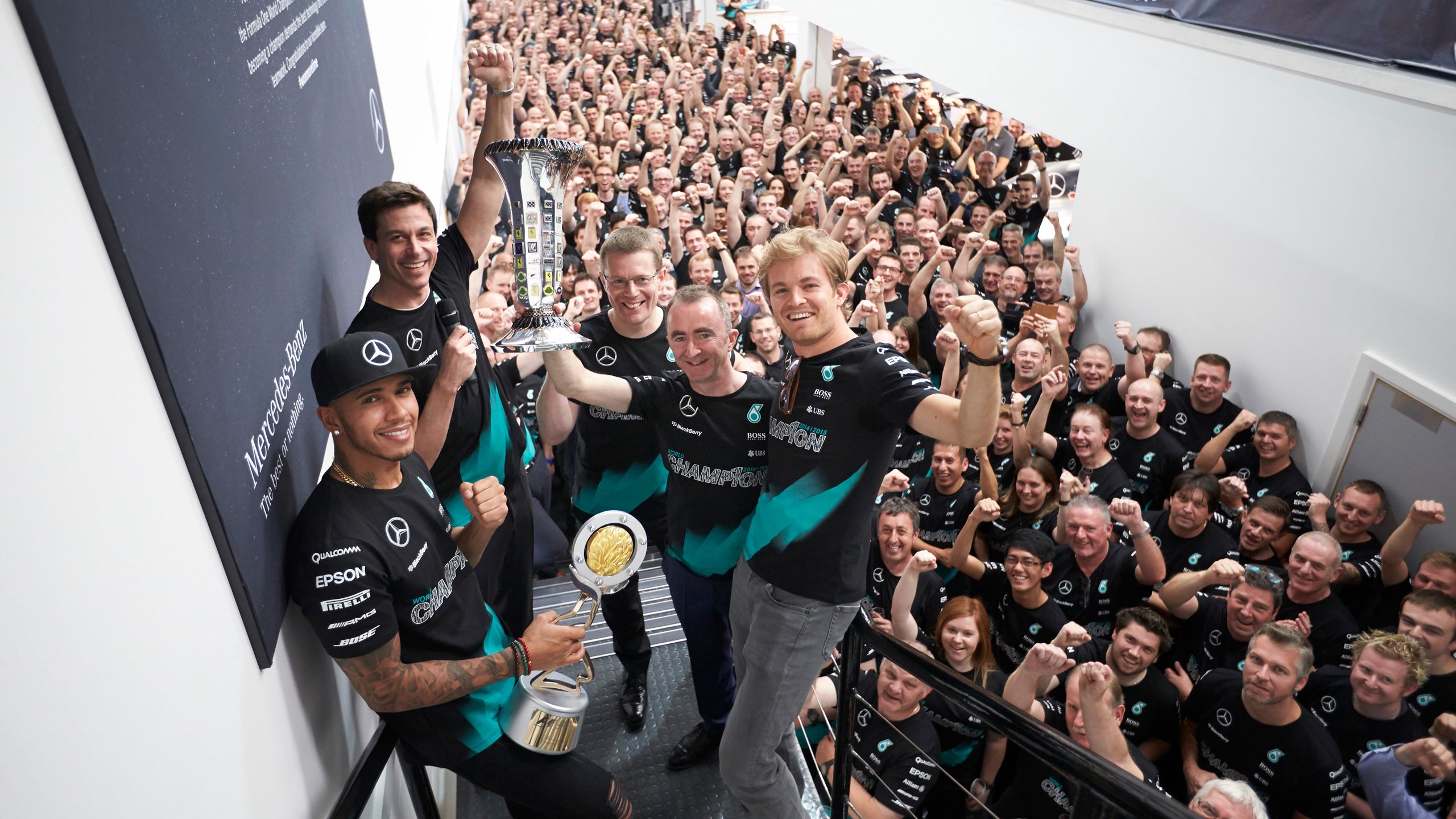
Cast your mind back to January 2016.
Mercedes are two-time defending F1 Constructors’ and Drivers’ world champions. Preparations to secure a threepeat are well underway.
The success shows no signs of slowing down, and the team are riding the crest of a triumphant wave.
But, the mind of some at the team are already looking beyond the upcoming 21-race season. To the next year, the next five years, the next decade. And beyond.
“We realised very early on that one day we will have to replace Nico and Lewis, and we knew that process to sign, scout and develop those talents would take years,” says Driver Development Advisor Gwen Lagrue, who’s time with the team mirrors the lifespan of our current academy set-up.
Mercedes has always taken pride in developing future talent. Back in the early 1990s, the three-pointed star had set up a Junior Team to help F3 hotshots Karl Wendlinger, Michael Schumacher, and Heinz-Harald Frentzen into F1.
All made it.
Wendlinger and Schumacher reached motorsport’s top tier in 1991, while Frentzen’s career began three seasons later.
In a first for the marque, 2025 will see two graduates of the academy line up on the F1 grid for the Silver Arrows, with Kimi Antonelli joining George Russell behind the wheel of W16.
The Approach
The approach to development isn’t just measured by the number of trophies a driver secures. Mistakes can happen, bad races and seasons can happen. It won’t mean the end of a junior’s time in programme.
“We are trying to implement all the necessary support and tools they need to succeed,” adds Gwen.
At the age of 14, Spanish karter Luna Fluxa is one of the youngest in the programme. In 2024, she claimed the OK Junior Champions of the Future series in front of Toto and several other team members in Abu Dhabi.
She became the first female to join the programme in 2021, aged 11.
Her work with, and support from, our junior programme is not limited to the tarmac. ‘Team Luna’ is made up of a driving coach, a psychologist, and a nutritionist.
“It helps a lot,” she says. I feel like I have matured a lot off the track. On track, I feel very proud to represent Mercedes, it is an honour to be part of this amazing team.”
It is all part of a grand plan, laid out from the moment a junior signs on the dotted line.
Go-karting is all about the racing, but when the step up to single-seaters is made, the process expands.
Gwen explains: “As soon as they switch to F4 [one of the first single-seater series on the ladder] we add a physical coach.
“Then we will add the mental coaching, then the trackside support. The further they go, the more support they have.
“Eventually you include things like marketing, and test programmes.”
When Kimi started go-karting, ‘Team Antonelli’ would have been mum and dad. In his F2 season in 2024, Kimi would have had up to 20 people working with him across the year.
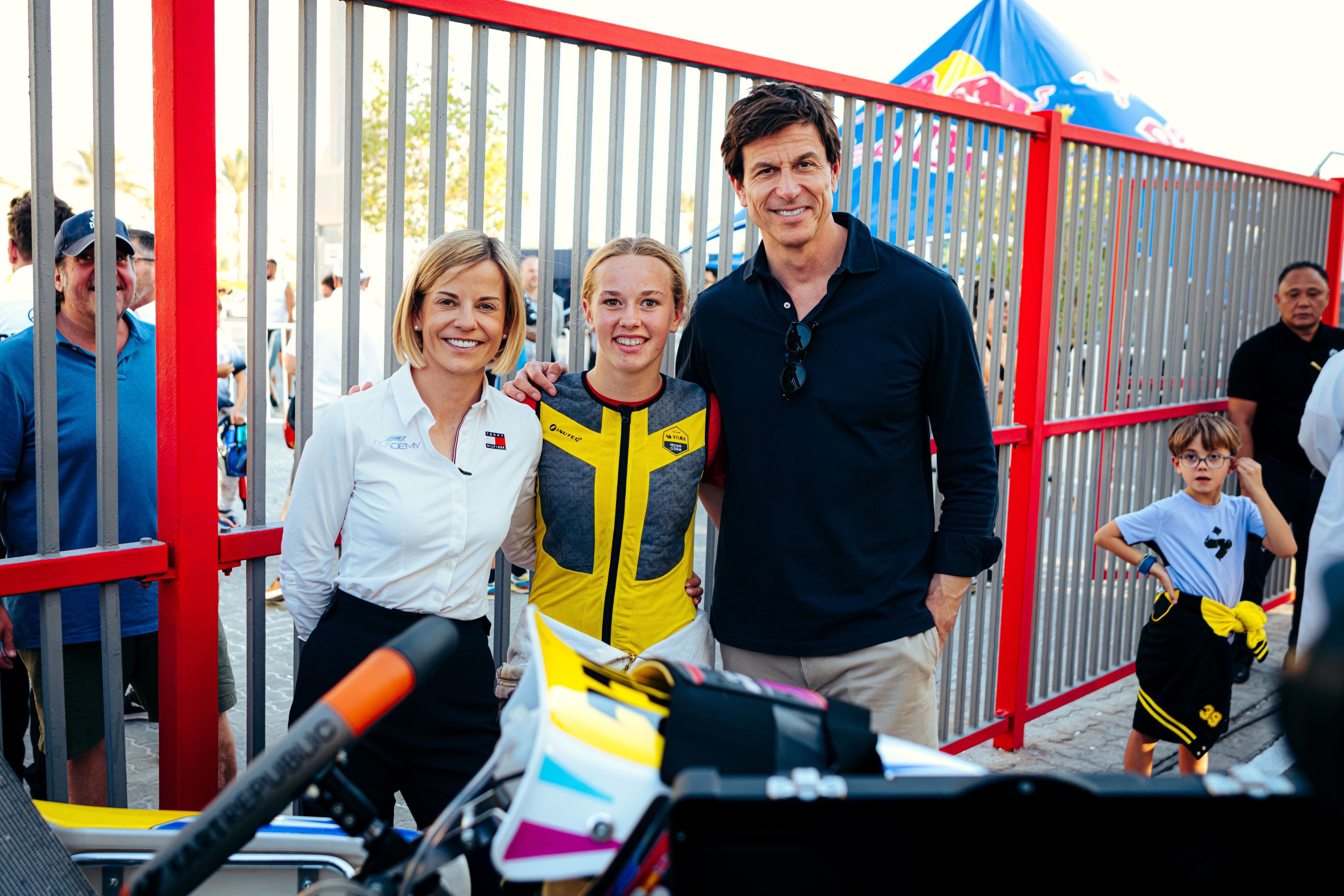
The Re-Birth
Back to 2016
The re-born junior programme launches with two young racers, German Pascal Wehrlein, and Frenchman Esteban Ocon.
The former had clinched the German Touring Car (DTM) championship the year before, while the latter was reigning GP3 (now Formula 3) champion. Esteban was prepping to drive for Mercedes in the DTM in 2016.
By August 2016, Esteban and Pascal were team-mates at Manor Grand Prix, the former having joined the latter full-time from the Belgian Grand Prix onwards.
In 2021, Esteban – whose career is still managed by Mercedes – would become the first driver to have been associated with the junior programme to win an F1 race, at the Hungarian Grand Prix.
There was another name on Gwen’s radar in 2016 as well: George William Russell.
George's
Story

How a call from Gwen changed everything
Gwen had tracked George’s progress since first meeting him at a karting event in England in 2012. Two years later, he helped George – then racing British F4 – into the European-based Renault Eurocup series.
It was the final round of the season at Jerez, in Spain. A track George had never driven at, in a car he had never driven.
A P5 in race one, followed by pole position and a win in race two.
“Boom. This kid is special,” thought Gwen.
So special in fact there were other marques eager for George to put pen to paper.
The call from Gwen came just in the nick of time, with George on the verge of choosing tin-tops over single-seaters, and joining BMW in the DTM.
“He knew I was asking him to join the programme without guarantee of ending up in F1, and turning down a full-time contract with a salary,” explains Gwen.
“I obviously found the right words to convince him!”
“I was in the bath when I got the call from Gwen. I went to check my phone, saw he was ringing and thought ‘I should pick this up,’” recalls George.
“I remember trying to stay as still as possible, I did not want him hearing the water splashing around in the background.”
Perhaps there was something in the water that day, as Gwen had done enough to steer George’s mind back towards single-seaters.
Consecutive titles in GP3 and Formula 2 would follow and just over two seasons later, George was lining up on the grid in Melbourne as a Formula 1 driver for Williams.
“I don’t think he regrets the decision he took that day one bit,” says Gwen.
“He’s someone I rate very highly as a driver but also as a person and I will be always there to help him racing-wise but also on a personal side.”
When George claimed his maiden F1 victory – in doing so becoming the first driver to come through the programme and win a Grand Prix for the works Mercedes team – he knew who to thank.
“On the in-lap all of these memories sort of came flooding back.
"Starting off with my mum and dad in go karting and going through all the support I have had from the rest of my family, my girlfriend, my trainer, my manager.
“Then obviously the likes of Gwen who gave me the opportunity to get on the programme with Mercedes.”
It’s only now when he pauses to reflect that George appreciates what the programme did for him.
“That call from Gwen felt like the start of my journey to Formula 1."
“The biggest thing I take away from the programme is how it gave me a chance to perform and fulfil my potential, as opposed to just throwing me in at the deep end.
“I probably didn’t recognise how important that was at the time, between all the days of testing, integrating myself with the team, understanding what’s required as a Formula One driver when you’re talking with the engineers, when you’re talking with the media. That was so key.”
Further proof, that this is not just about the racing. And that is a philosophy that starts from day one.
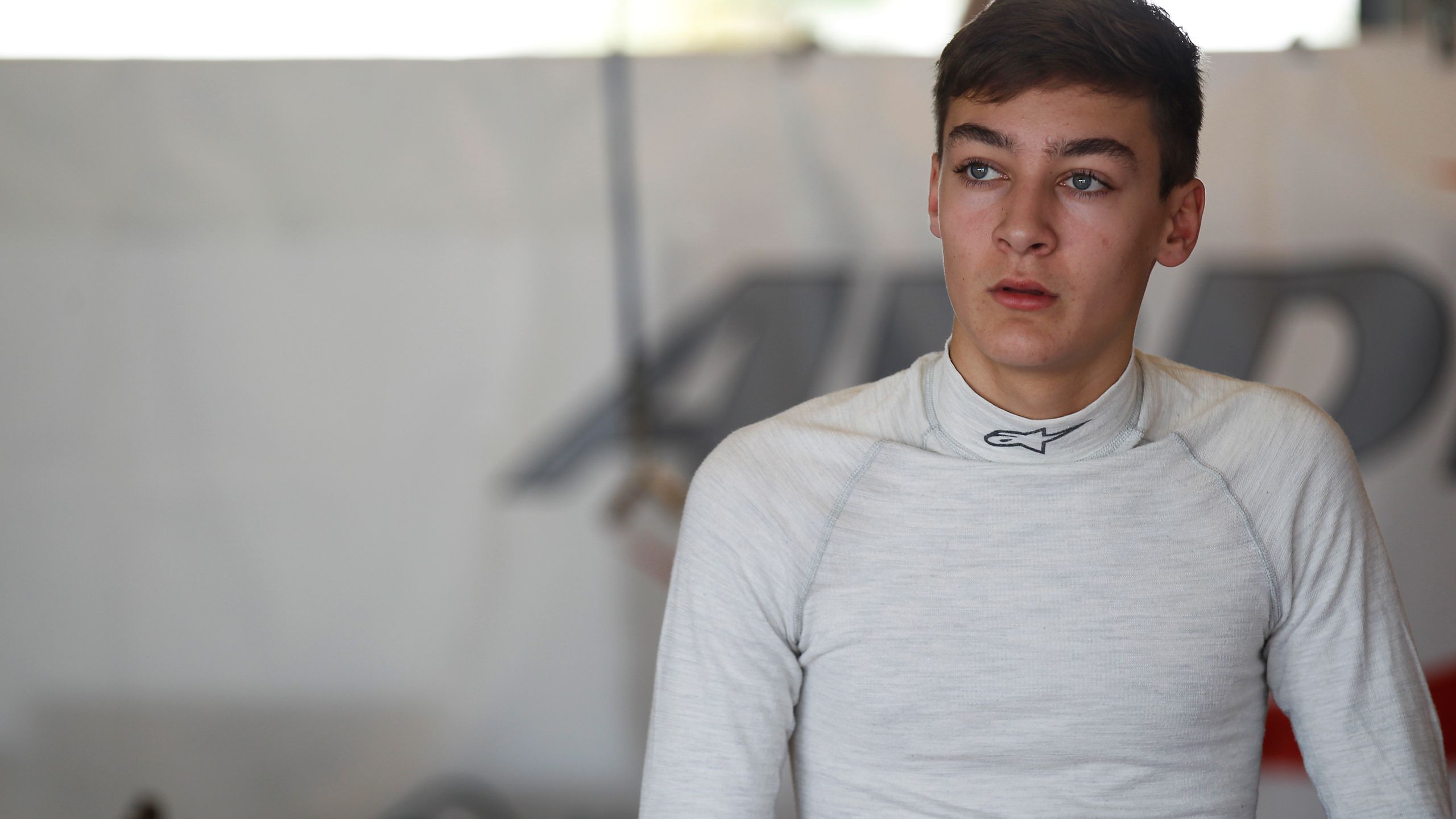
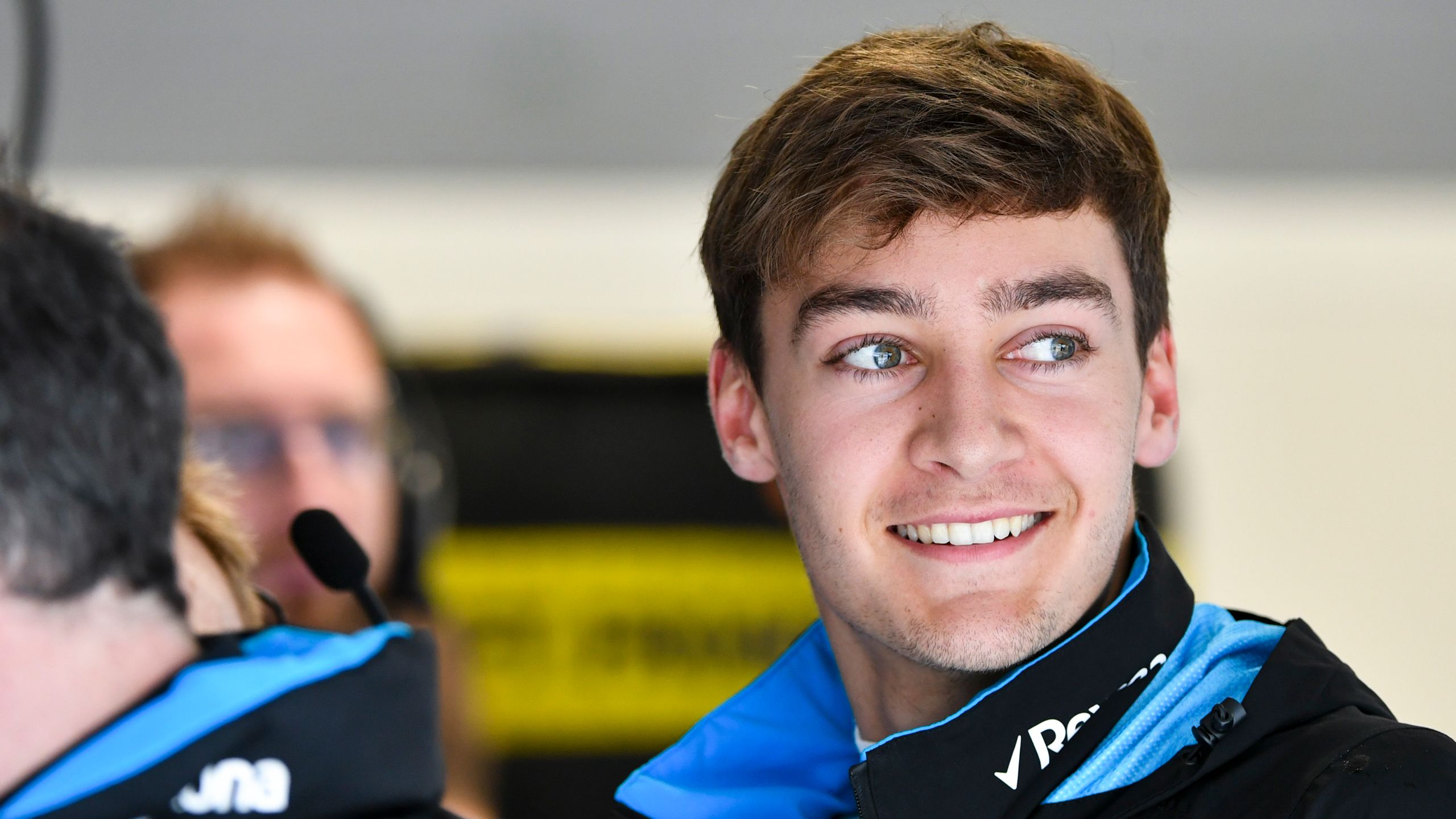
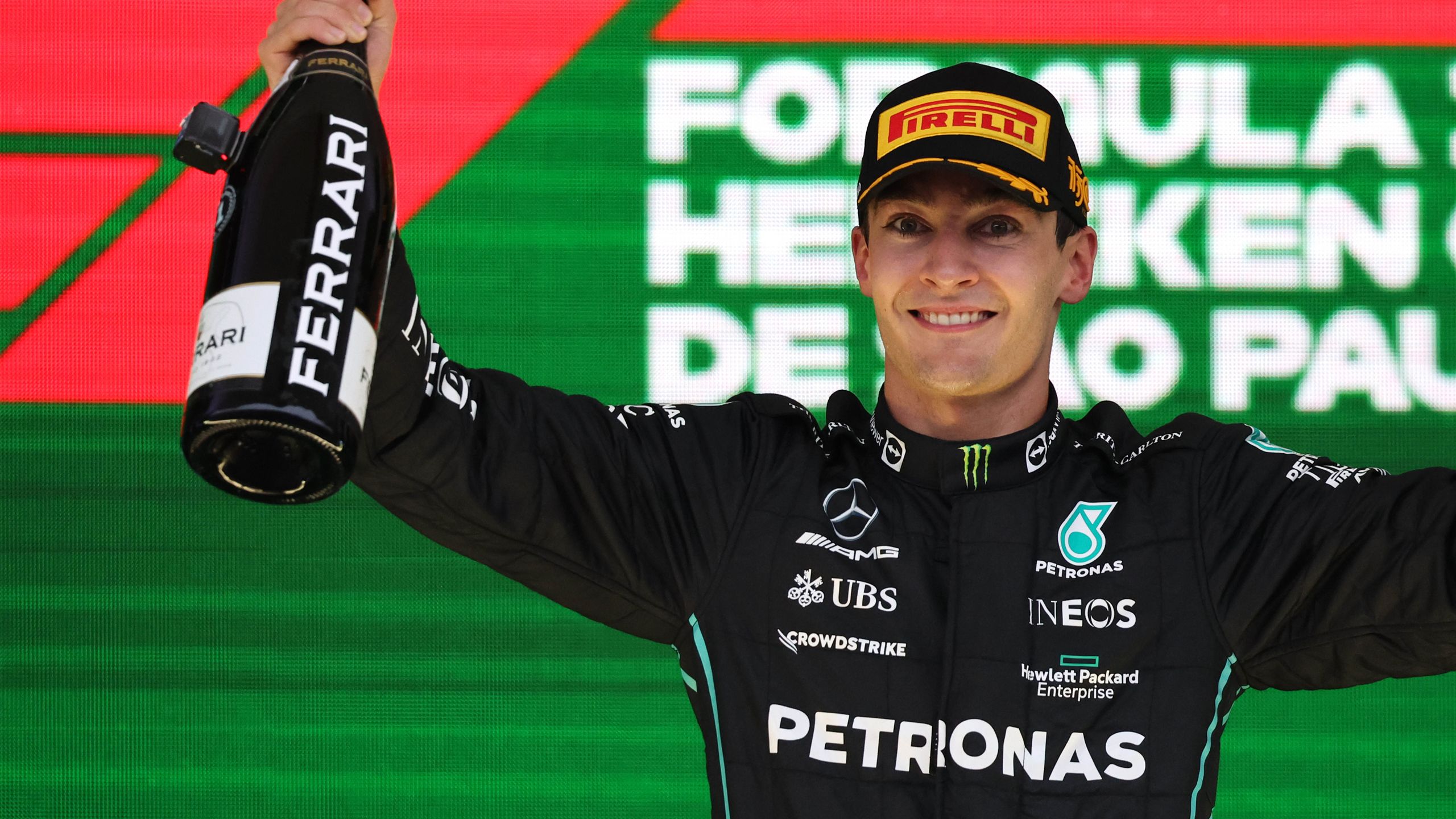
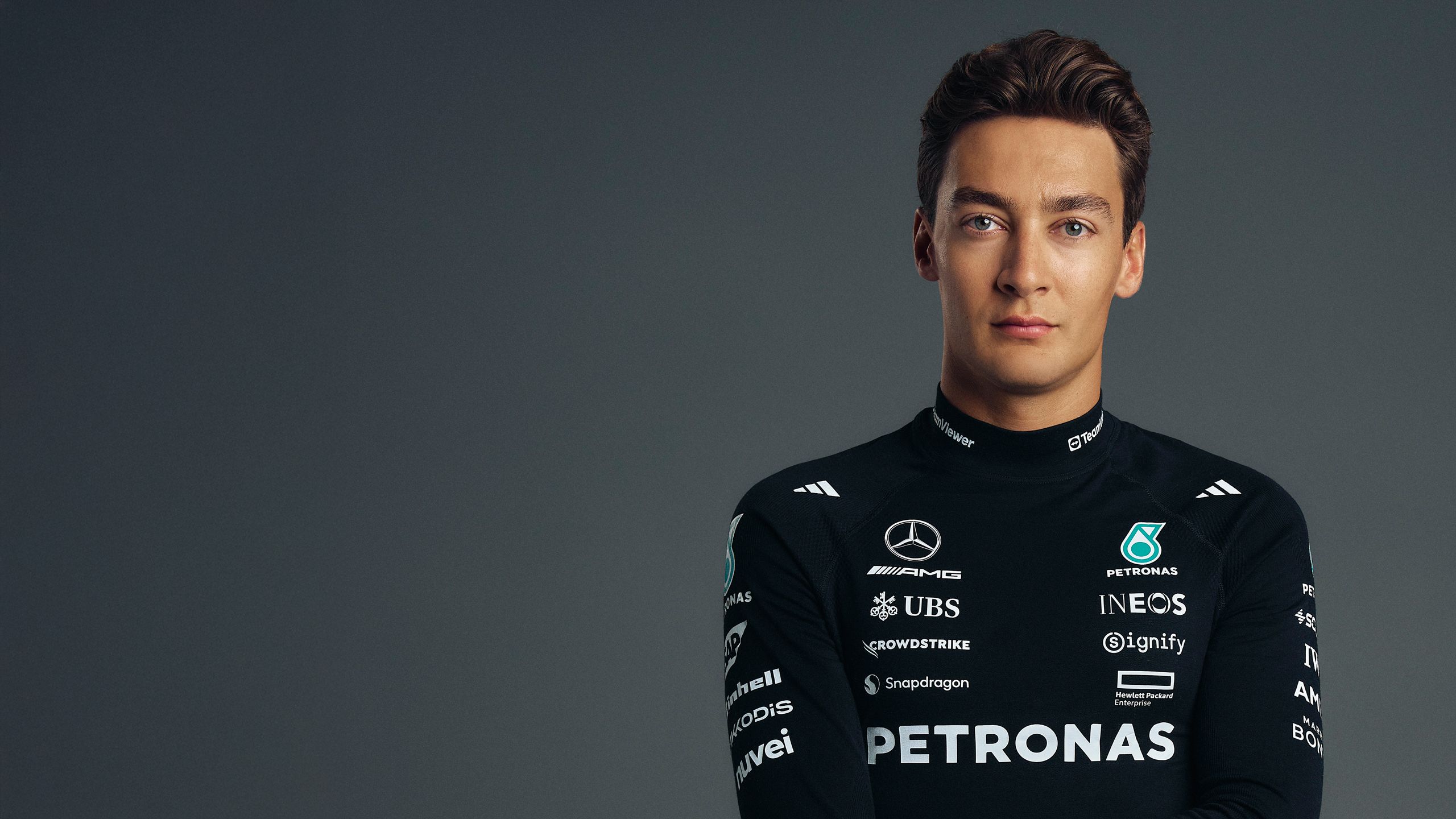
So, You Want to Be a Mercedes Junior?
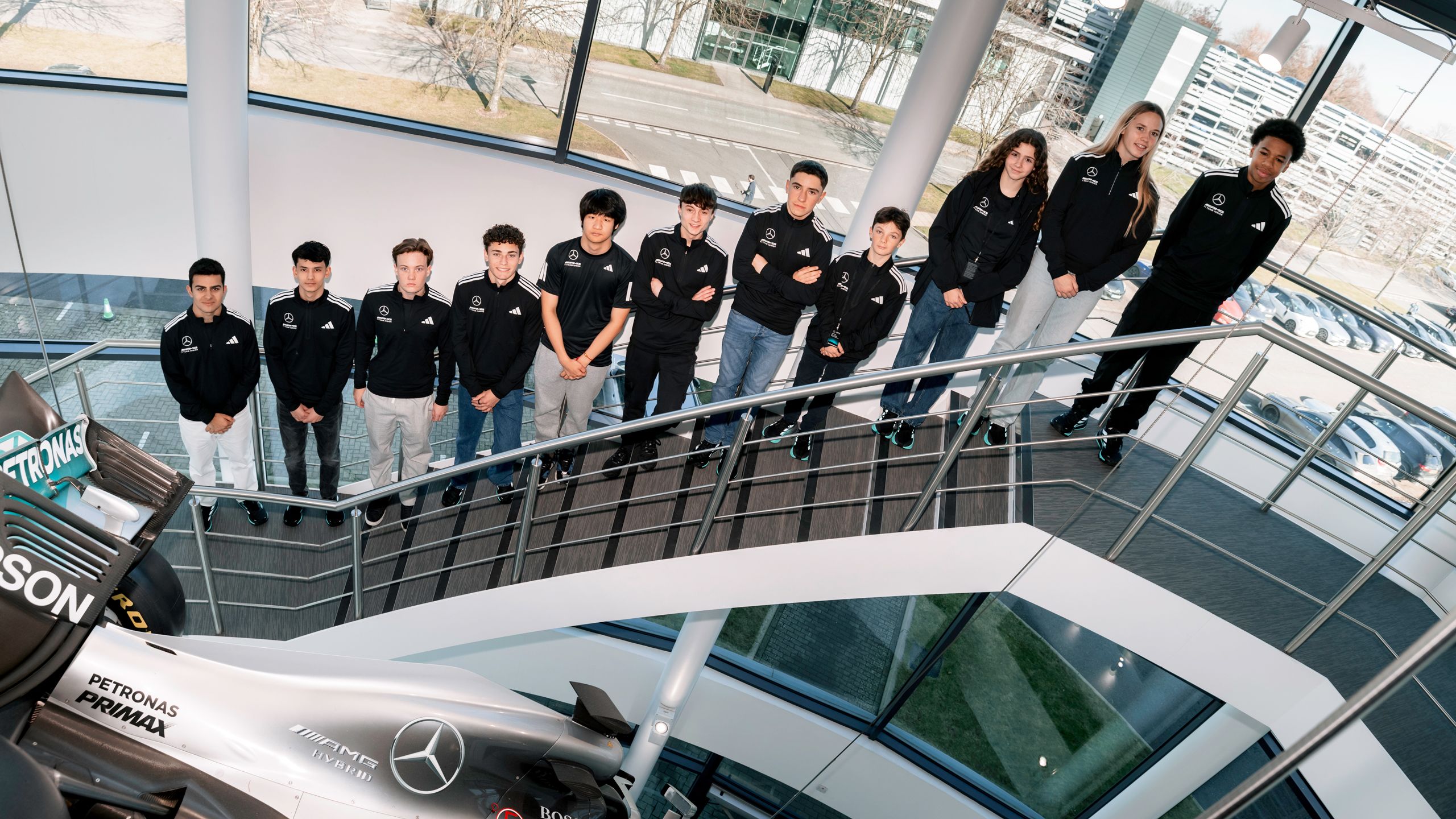
Attitude. Behaviour. Leadership. Maturity.
Qualities more akin to what high performing sports teams might look for in a captain or manager. Gwen and the team are looking for such characteristics early.
“We can notice these things in an 11 or 12-year-old. We can see how they handle pressure. I am more interested in these,” says Gwen.
“Everyone can see what is happening on track, the way they defend, how they approach a weekend and their Quali and heat results, so we try and look into other details that others are not paying attention to.
“It is all a process, but we have to make sure the racer is ticking all the main boxes.”
There are no snap decisions, either. Race results can be monitored over a couple of seasons before an approach is made.
Joining the family is a family affair, too.
“I’m dealing with the parents more than with the kids,” explains Gwen.
“We do the contract with the parents, we explain the strategy, we make them feel they are part of the decision you are making and you need to make sure they are totally aligned and on board with everything you want to achieve.”
Gwen’s eyes and ears are spread far and wide across Europe and beyond as he seeks the next generation of future F1 champions.
And who better to help facilitate that than a man who raced with the latter. Six-time go-kart champion Mike Wilson, who raced with three-time F1 World Champion Ayrton, works closely with Gwen on the talent-spotting journey.
The net is cast far and wide. As of 2025, 11 different nationalities have been part of the programme.
Great Britain, Jamaica, China, France, Spain, the UAE, Estonia, Australia, Denmark, Germany, and Italy.
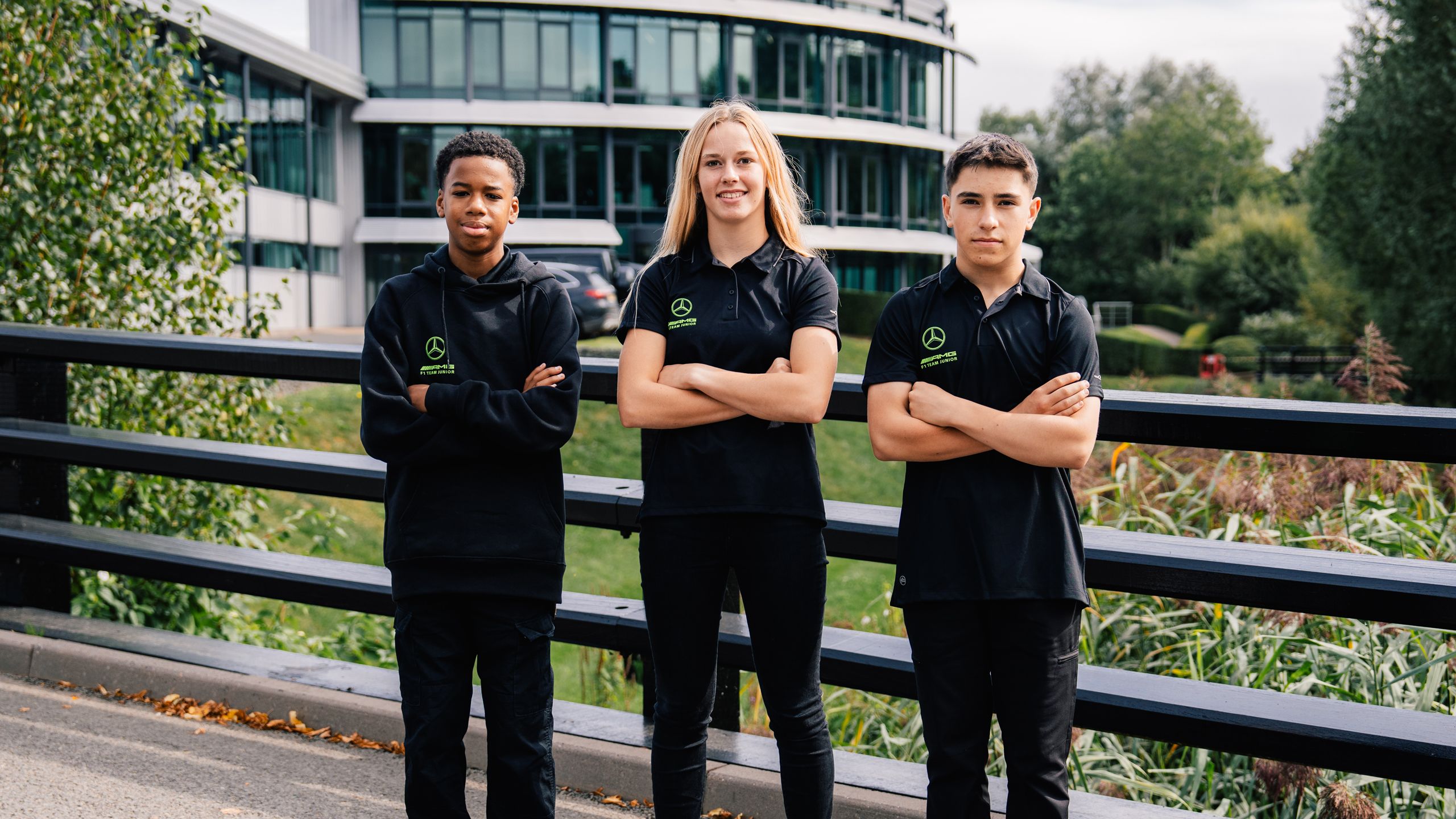
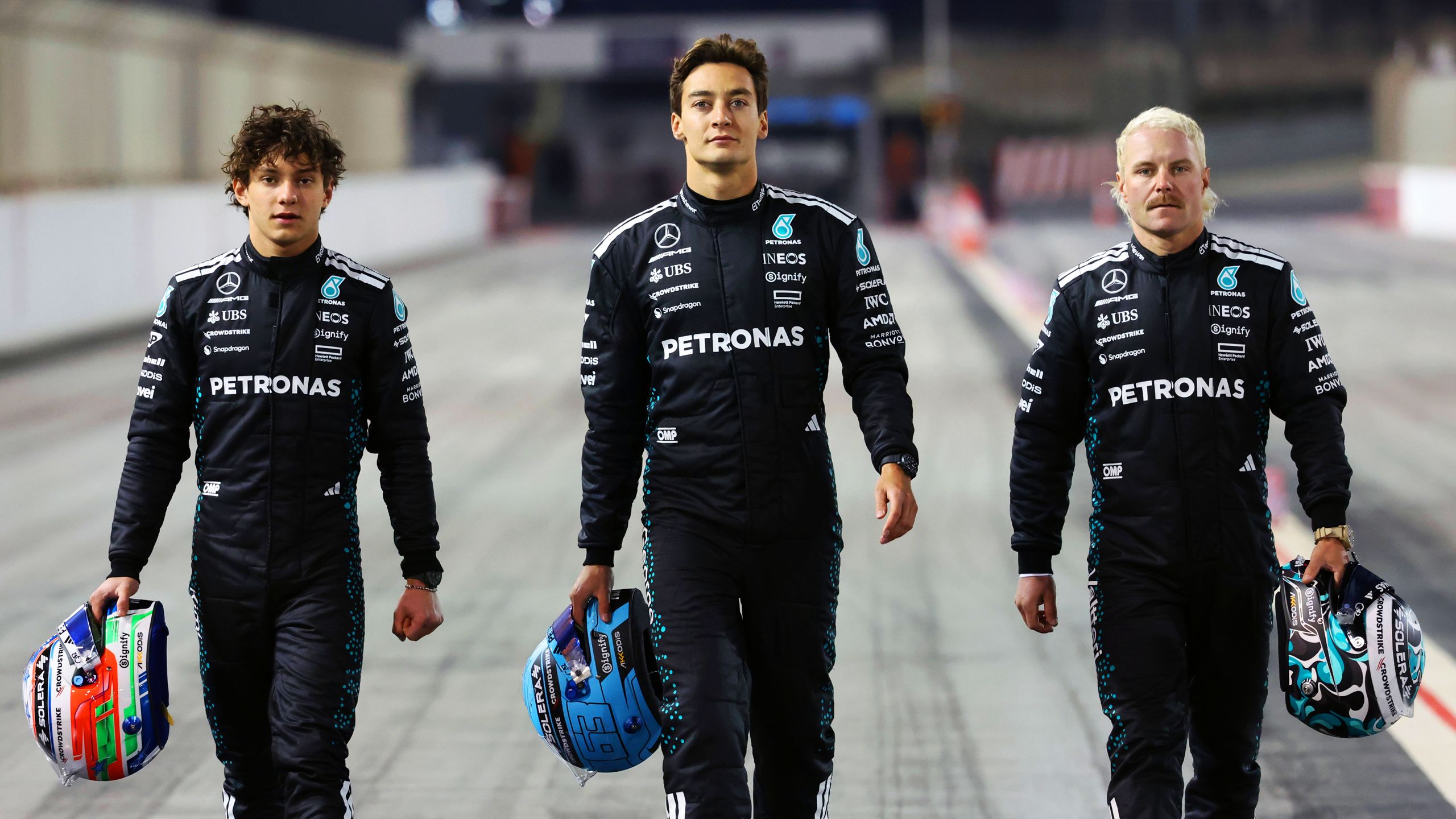
Ah, Italy.
The second piece in our 2025 puzzle.
While George is a fine example of development through the F1 feeder series ranks with Mercedes backing, Kimi’s journey goes all the way back to karting.
Kimi's
Story
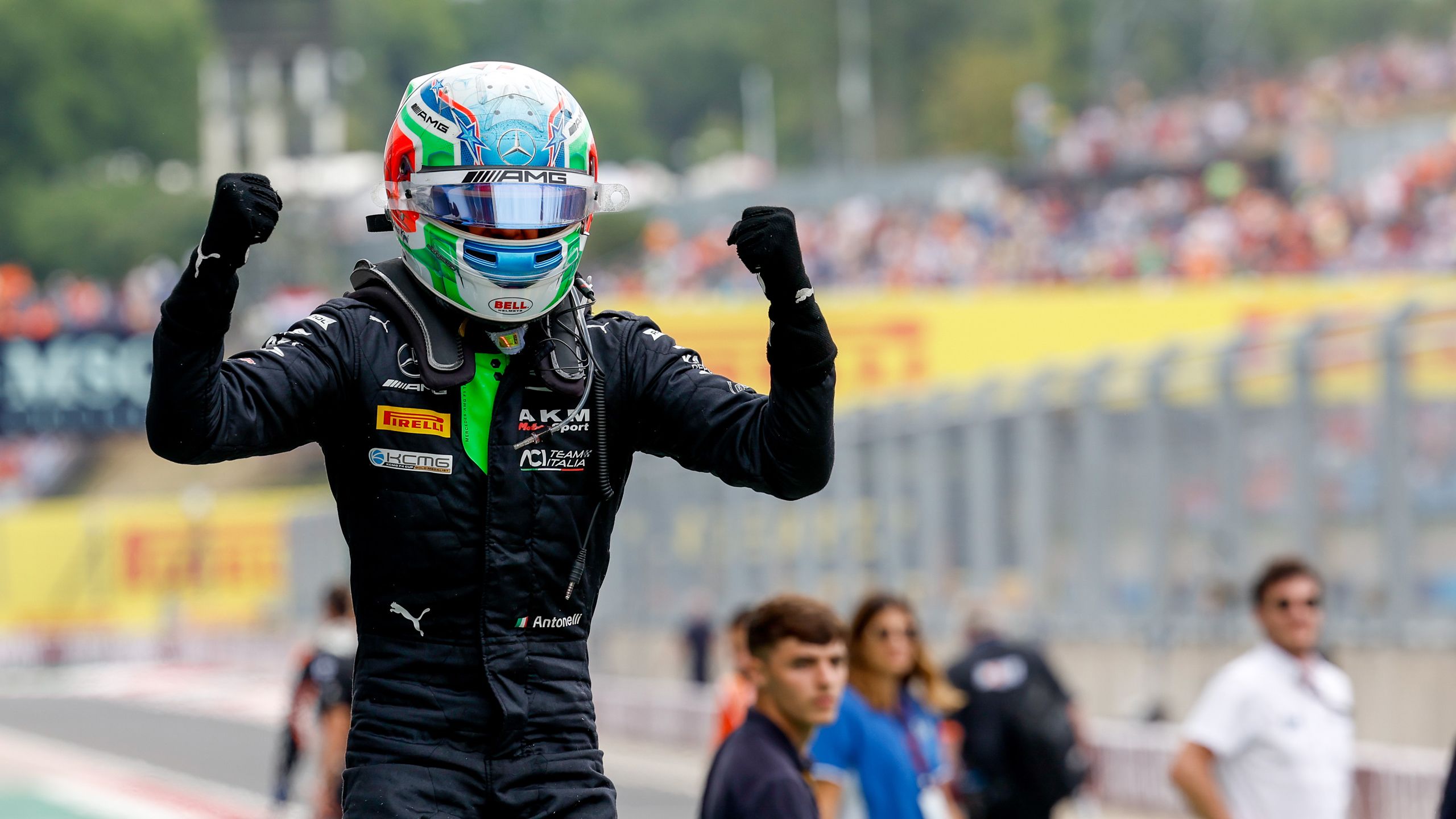
From Karting to F1 in Four Years
F1’s newest number 12 was just 12 years of age when he first put pen to paper.
Having come from a racing family, it was fitting that his father Marco - who has his own sportscar team – was there when call came from Toto.
“We were in the car when Toto rang and asked me to join the academy,” recalls Kimi
“To share such a cool moment with my Dad is something I will remember forever.”
That was 2018. A year after his first meeting with Gwen at the Adria circuit in Italy.
In the first year of observation, Kimi’s results did not set the world on fire.
“He was P3, P4, P5,” says Gwen. “But you could see what he was achieving with the equipment he had compared to the others.
“In the second season – he was mega – he destroyed the field. That is when we signed him.
“Since then he has ticked all the boxes we have been looking for.”
Multiple karting trophies made their way to the mantelpiece before Kimi first stepped into a single-seater in 2021.
Four titles in two seasons across F4 (Italian and German) and FRECA (Middle East and Europe) followed, before Kimi jumped up to Formula 2 for 2024.
Two wins – making him the youngest in series history to claim multiple victories – and a series of impressive showings were enough to give Kimi a seat in W16 for 2025.
But having a junior reach F1 doesn’t mean job done as far as Gwen is concerned.
“It’s just the beginning of the story,” he says.
“He is just starting in F1 and has everything to prove.
“Bringing a kid into Formula 1 is not the target, it is just a step. We are here to win championships – which I want to achieve with both George and Kimi.”
Kimi’s progression on the track is clear for all to see. From the kart track to the F1 garage in just over four years.
It is the growth off it that only Kimi and those around him have seen and can appreciate.
“I got the full support in every way, outside the track as well as inside. I have developed so much as a person, learning how to work in an environment with older people and how to relate to them as well,” says Kimi.
“It is not just the racing; it is you as a human being. I got support in both ways, outside the track, on the track, especially in the difficult moments, they have always been there trying to make me feel better and also to help me to improve.
“Of course, in some moments they have been tough, but it is how it is and how it should be because obviously you want to push yourself even further. They have always been super supportive.”
“The programme has helped me in every aspect. I used to be quite shy, I remember being so shy when I first saw the factory, but that has changed now.
“Last year I did my first talk in front of the factory, but I found it really cool, because everyone was helpful in helping me overcome my nerves.
“Meeting everyone was so cool, seeing the hard work behind the scenes during the day and the night and appreciating what it takes to get those two cars ready at the end.”
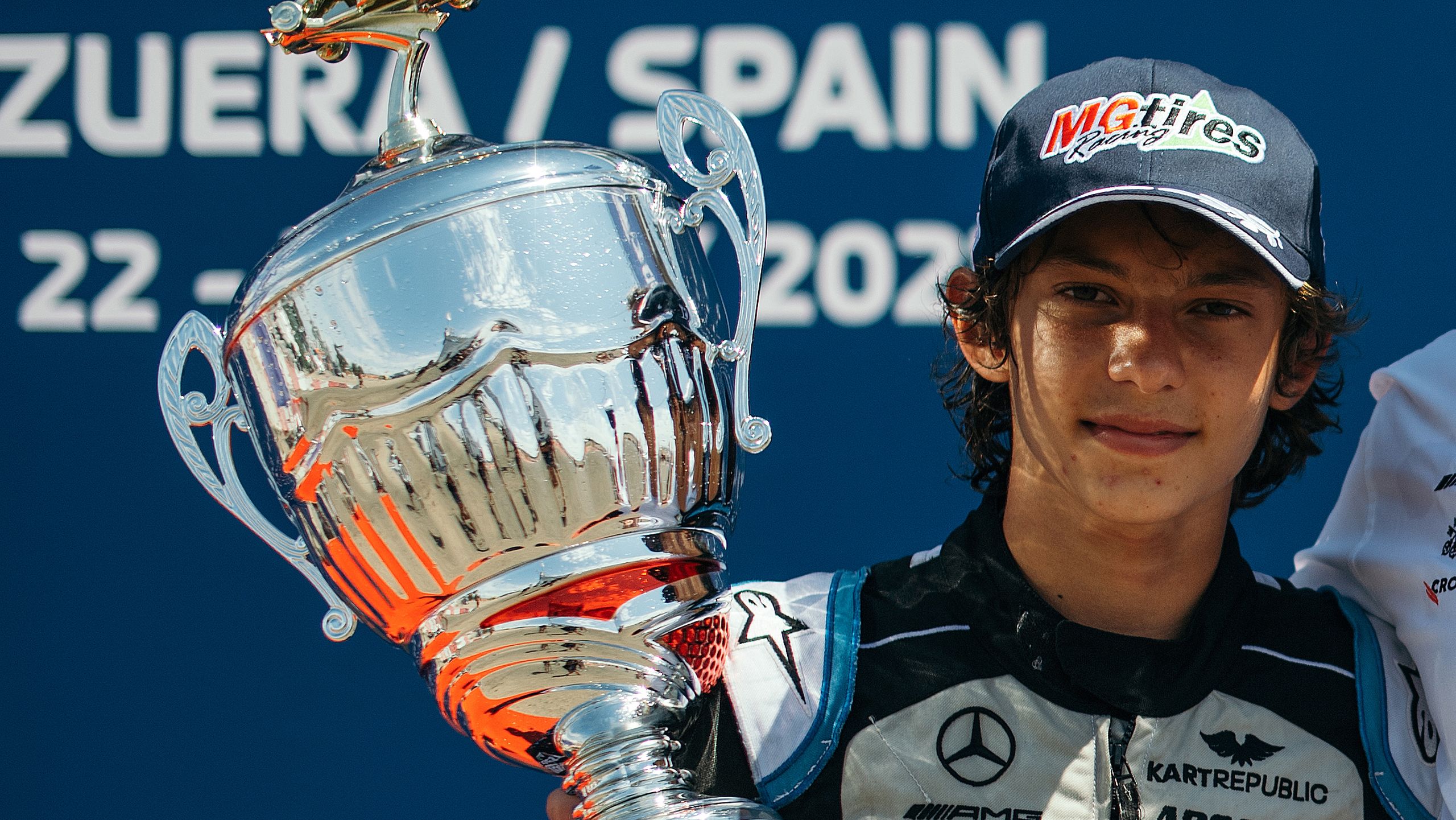


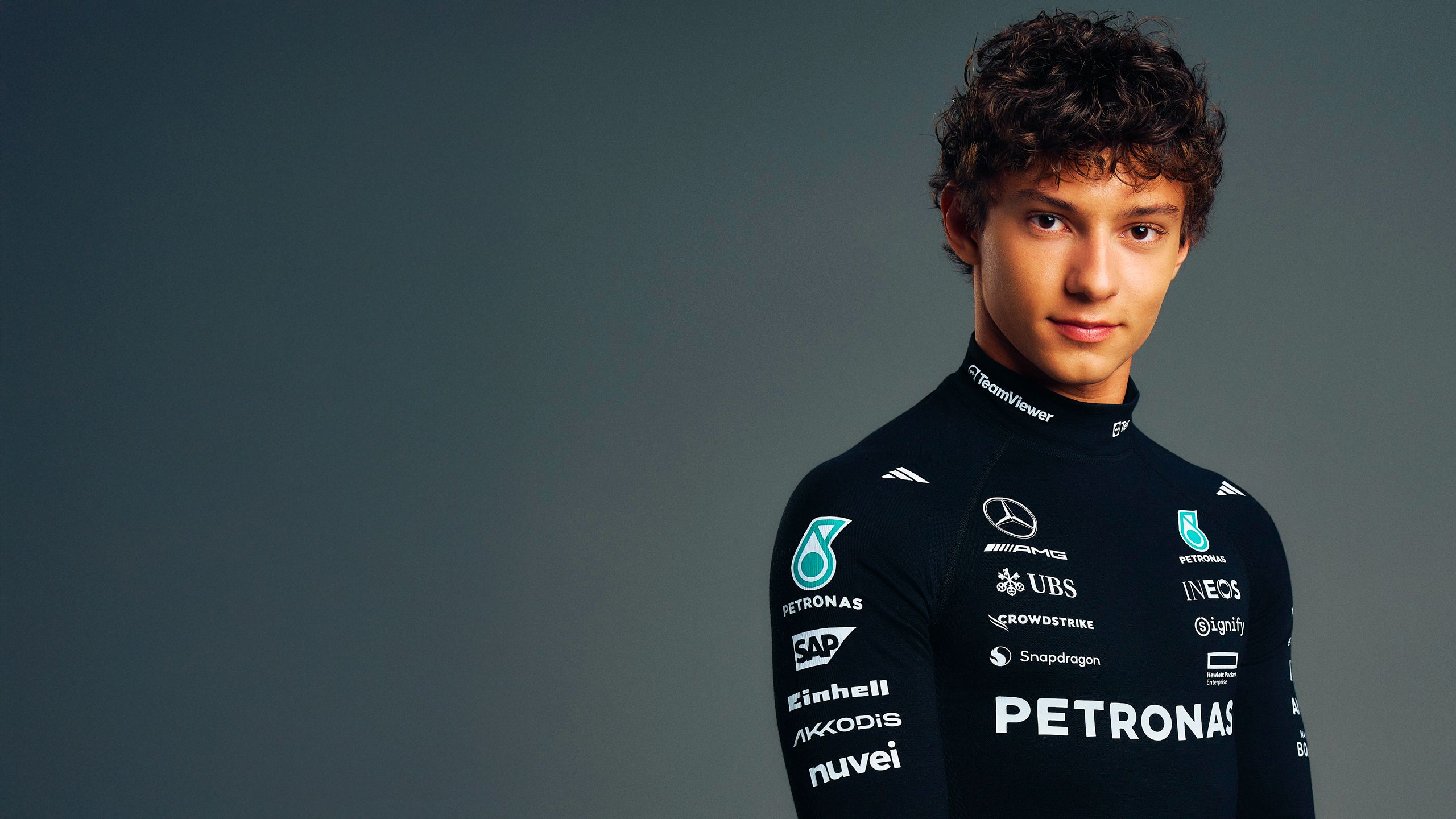
Easy as (Plan) A, B, C
Every driver joins the Junior Driver Programme with the same goal. Formula 1. But with only 20 spots available every year, and some of the finest talent in the sport’s history on show over the last decade, sometimes there just is not room for everyone.
Junior driver Kenzo Craigie became world karting champion at the end of 2024, but knows that doesn’t guarantee an F1 seat in the future.
“I want to win as many races as possible if I do make it to F1,” he says.
“But at the end of the day, I want to make a living out of racing. So, whether it is endurance racing, rally, whatever it is, I am happy for it.”
Gwen sees three paths.
Plan A
“Plan A is like a George or Kimi. They are racing for us."
Plan B
"They are not racing directly for us but like Esteban they’re racing for another team, and continuing their journey."
Plan C
"If they didn’t make it to F1 and we try to find the right opportunity for them to have a successful career in motorsport.
“Sometimes it just does not work out [as far as F1 is concerned], but it does not mean those drivers cannot make a career.
“From the moment they join the ladder, they are part of the family.”
Developing the Development
When it comes to the junior programme, it is not a one size fits all approach.
Nor has the strategy always been the same. Like the go-karters who come through the ranks themselves, the programme has developed and grown since 2016.
Every day is a journey of exploration and improvement. Every driver needs to be treated differently.
“There are crossovers in the approach, but the way we work is to tailor our strategy based on driver,” explains Gwen.
“So how we structure Kimi is different to how we structure Alex [Powell] for example.”
As the programme has grown, so has the number of those with a vested interest.
When Gwen started his journey back in 2016, he was more or less a one-man band. Today, there’s a wealth of knowledge and support he can draw on when bringing the next big racing talent through the ranks.
“Everyone is involved now, everyone knows the young driver programme and the interaction in the team is much bigger than it was before – the communications and marketing departments are much more involved, for example,” says Gwen.
Interest has picked up externally too, with team partners now keen to get involved and support.
In the past year, Snapdragon has became the senior partner to the team’s F1 Academy entry. They feature on Doriane’s F1 Academy car, race suit, and facilitated an appearance on popular American talk show Jimmy Kimmel Live!
In an era of stricter rules around testing, Gwen’s influence has extended beyond Mercedes, with teams across the grid now able to give their development drivers the chance to gain experience behind the wheel outside of a race weekend.
“I helped launch the TPC [Testing of Previous Cars Programme] with a driver in 2018,” he says.
“At that time it was not called TPC, but I installed a programme to a driver and that helped us actually to give private test days to George.”
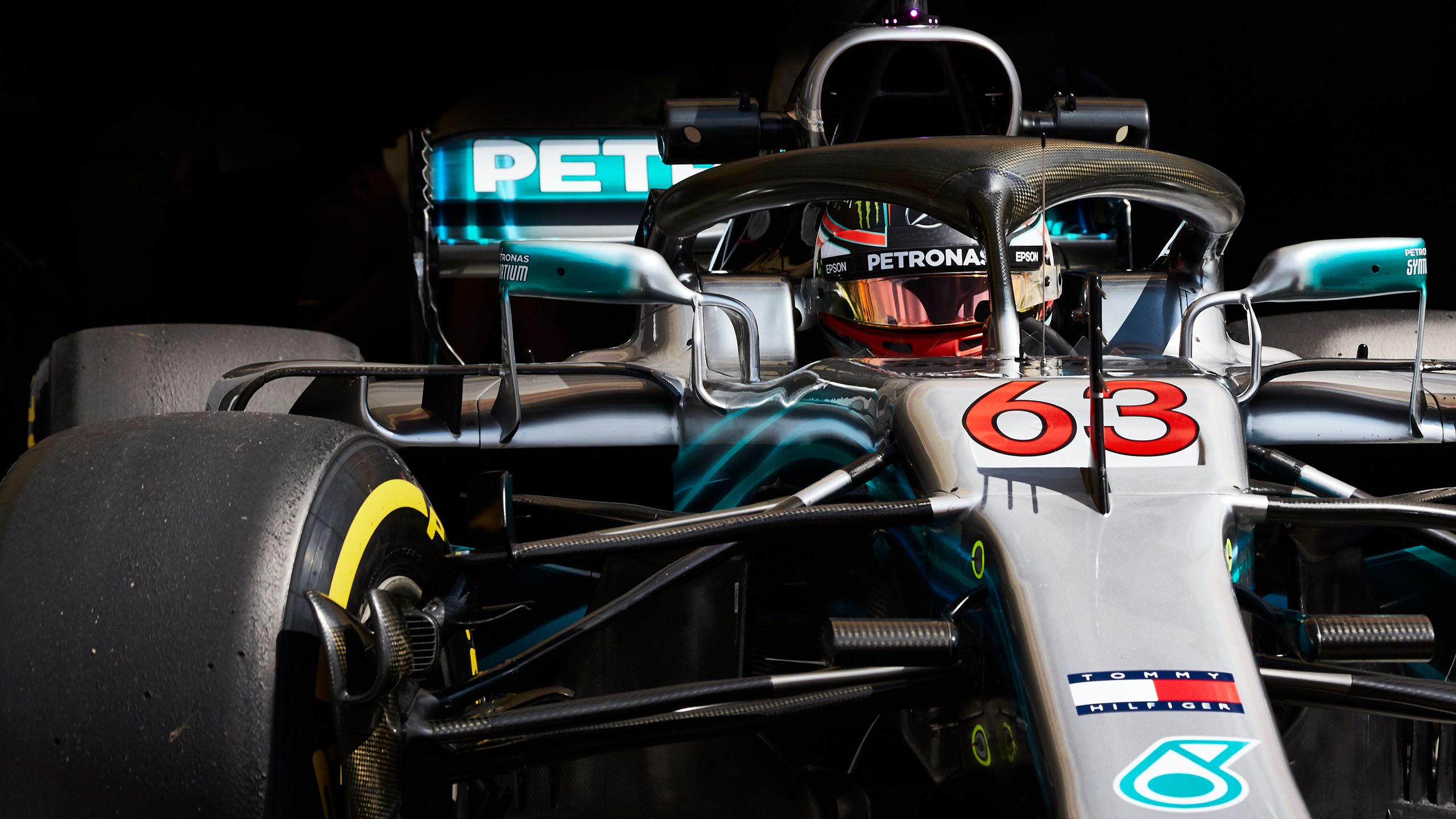
The Future
So where now for a proving ground of performance that has – on the basis of our 2025 driver line-up – ticked off so many of its KPIs set all those years ago?
In Gwen's eyes, nothing has been achieved yet.
“I am proud of having two juniors now driving for the team we have still a lot to do.
“George is not yet world champion. Kimi is just starting in F1, so we have everything to demonstrate still.
“The day we are world champions as a team with two of our young drivers then this day I might say ‘okay our job is done.’
“We have not really achieved anything, yet. This is still just the beginning.”
Our 2025 alumni want nothing more than to see the current class come through the ranks and achieve their dreams, too.
As 2025 Reserve Driver Fred Vesti recalls: "George was really good at taking me on board and helping me out when I joined the programme in 2021."
That guidance from above helped Fred into F2, where he finished runner-up in 2023. Now, he wants to continue the circle of guidance.
"I want to be the guy this year’s juniors can lean on if they need, because I’ve been through that journey myself," says Fred.
“The fact that the team are still investing into helping younger kids develop in motorsport is really, really great. Hopefully, there will be repeats of my story, Kimi’s story in many years to come,” says George.
“The team put all their eggs in one basket with me, and it has worked out. Kimi and I have ended up where we wanted to end up together, which is driving for the works team.
“But you need to keep on investing in these younger talents, not only on the racetrack, the engineering office and department.
“Things are moving forward so quickly in our world, especially in motorsport, just constant innovation.”
“I would not be here right now without the programme,” says Kimi.
“It is so important to help young people like they did with me. There are a lot of good people, great drivers so if they can get a chance, they deserve it.
“I’m not saying because I’m in the programme, but I truly believe the Mercedes junior programme is one of the best set-ups.
“I hope it keeps going the way it is, because it offers so much support.”
“I am proud of having two juniors now driving for the team, but we still have a lot to do."
Gwen Lagrue
"Hopefully, there will be repeats of mine and Kimi’s story in many years to come."
George Russell
“I would not be here right now without the programme.”
Kimi Antonelli
"Being the first programme to bring a woman into Formula One is a big part of my goals.”
Gwen Lagrue

The Final Frontier
Bringing an academy racer through the ranks to the F1 grid is nothing new. But having that racer be female would be breaking new ground.
It is something that sits at the top of Gwen’s priorities list when discussing the future of the programme.
“That is my Himalayas,” he says.
“The vision I have regarding girls in motorsport, yes, it is 100% possible to have a girl in Formula One.
“I am always happy to discuss this topic because I have pushed for it so much over the years. We have signed Luna, we have signed Doriane.
“We support F1 Academy, we support the Champions of the Future series, and I am pushing like crazy to get more girls into go-karting.
“And we want to do it right. It should not be for marketing reasons; it should be based on performance. Being the first programme to bring a girl into Formula One is a big part of my goals.”
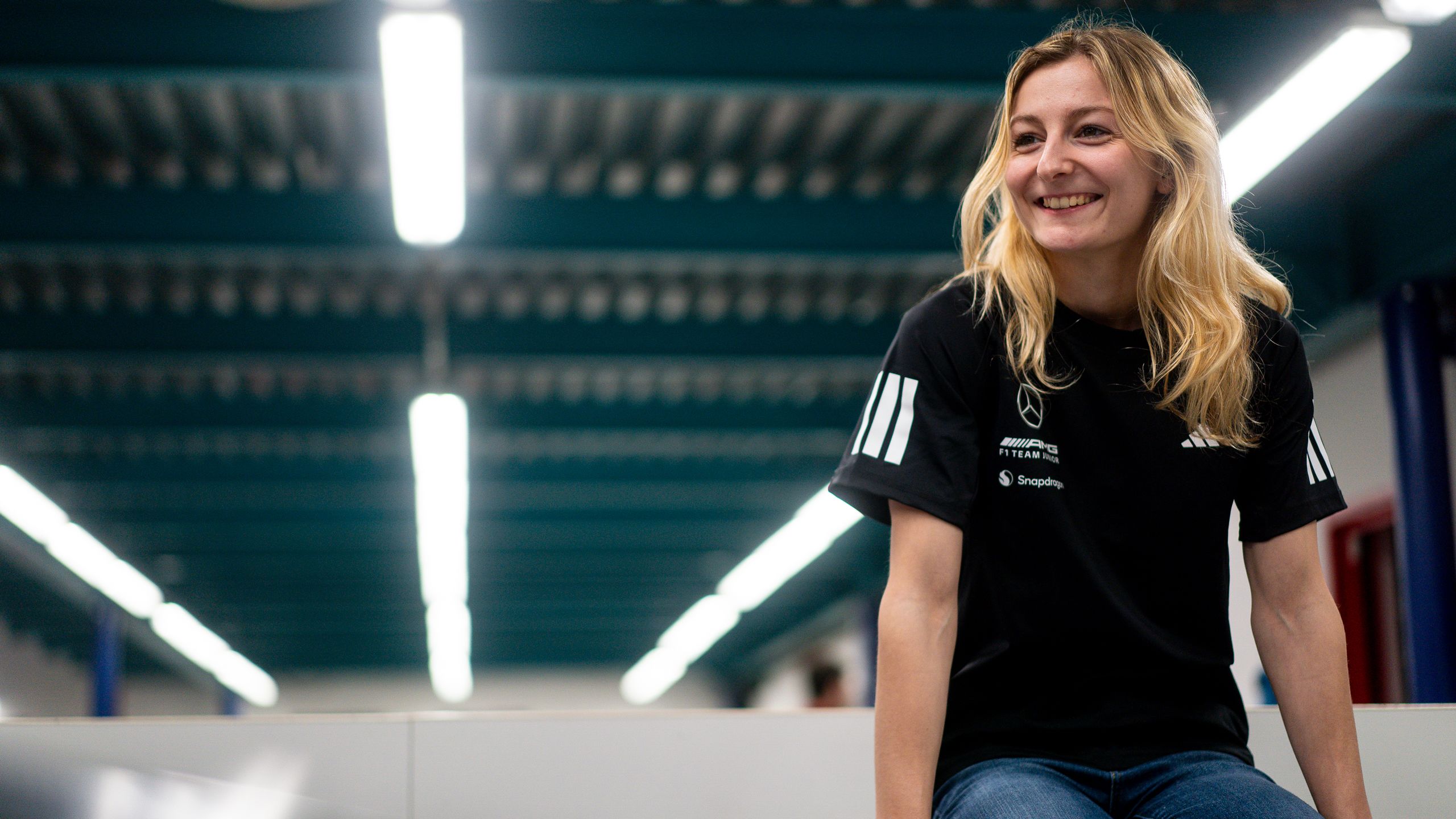
Teamwork Makes the Dreamwork
Of course, this is not just about Gwen – there is a whole host of names and departments that go into making our junior programme what it is. And it starts at the very top.
“I’m lucky to represent the programme and I am very proud and happy to have convinced everyone to join and to help and to support our initiatives.
“We are privileged and lucky to have someone like Toto leading the team because he loves junior series, he loves young drivers, he loves the sport.
“He has always wanted to make sure we have the resource to keep the programme going. He gave me his trust and he let me organise and develop this without interfering.
“And we could not have achieved anything close to what we have without the support of everyone involved.
“It’s teamwork and that is what makes me very proud.”




